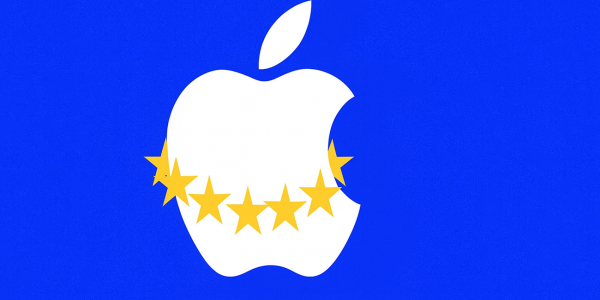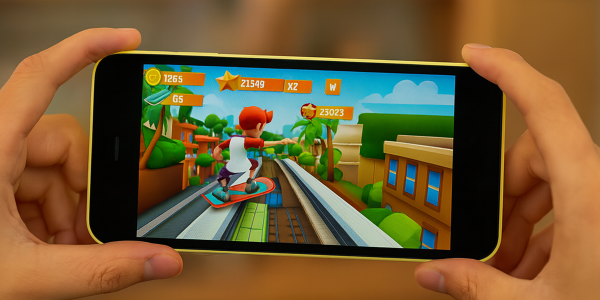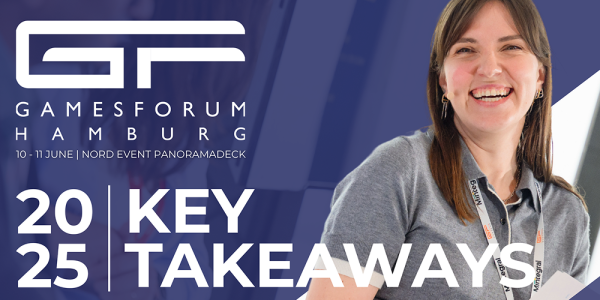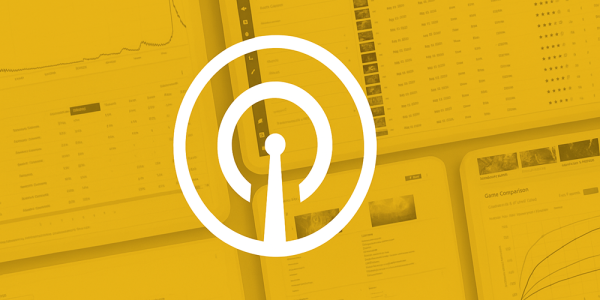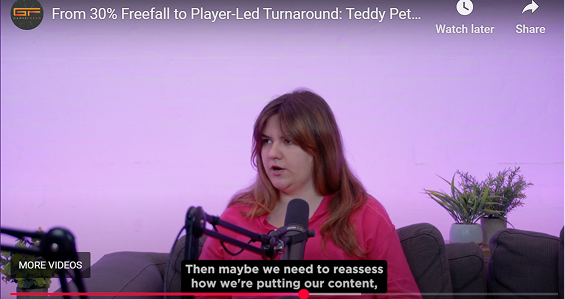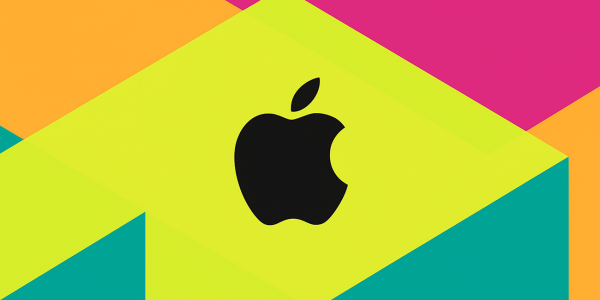“They’re Here for the Incentive”: Inside Rovio’s Rewarded Ads Playbook for Smarter User Acquisition
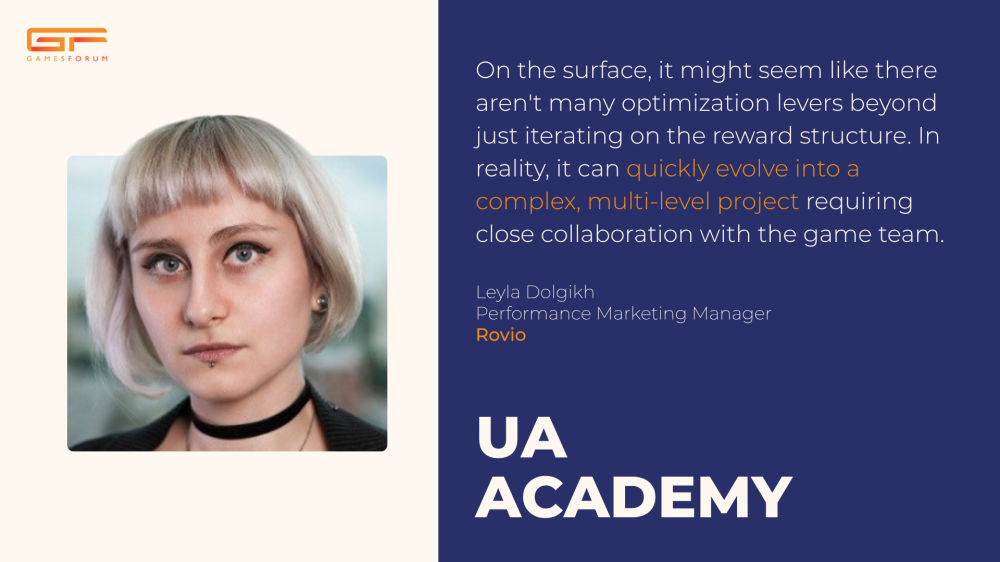
"They're here for the incentive." That one line from Rovio’s user acquisition team cuts to the heart of what makes rewarded advertising both powerful and precarious. As the creators of Angry Birds chart a deliberate course into the world of rewarded user acquisition, they’re not chasing trends, they’re building systems.
In this candid look behind the scenes, Rovio's Senior Performance Marketer, Leyla Dolgikh, shares how it's navigating partner selection, defining success metrics, and avoiding the pitfalls that trip up even seasoned developers. The takeaway? Rewarded ads aren’t a shortcut, they’re a strategy.
How does Rovio evaluate which rewarded ad networks are most suitable for user acquisition in casual games?
We're just starting our journey with rewarded networks at Rovio, and we know we have a lot of processes to build out. We believe that a game's success on these networks hinges more on a well-crafted setup than on its genre. That said, we agree that casual games do have a natural edge, especially on networks offering vendor coupons. Studies show that adult women, who make up the primary casual gaming audience, are also the biggest spenders on platforms like Amazon.
When it comes to partnerships, we believe the best way to ensure success is through testing. However, we always start with a thorough assessment to see how a potential partner aligns with our goals. For instance, we typically prioritise CPI over CPA models, as CPI has proven to be more flexible for our projects, analytics, and overall workflow. We're also actively identifying any weak spots in our projects and seeking partners who can offer solutions to strengthen them. Finally, we always research a partner's standing in the industry: Do our peers work with them? How do MMPs rank them? What are the industry publications saying?
What key performance indicators does Rovio prioritise when testing new rewarded UA partners?
Beyond our standard monetary metrics like ROAS - which will always be our primary KPI - we also track additional indicators to gauge our optimisation efforts. Given the nature of rewarded traffic, retention is incredibly important, far more so than for other channels. We're also keen to see how rewarded networks can boost specific in-game conversions, such as completing tough levels, passing initial levels, and utilising purchased resources.
Can you describe your approach to establishing benchmarks for rewarded traffic performance?
We're not reinventing the wheel here. Our process involves requesting benchmarks from account managers, verifying those figures with our MMPs, and also reviewing results from any relevant internal campaigns we've run previously. We're also constantly evaluating live traffic, comparing performance between different rewarded partners and between our rewarded and non-rewarded networks.
What role does creative strategy play in optimising rewarded user acquisition campaigns?
That's a great question, especially since most of our partners don't offer a ton of creative placement options. It's rare for them to require video, and often, the advertised app's visual is limited to either a single banner or assets pulled directly from the app store. Compared to traditional networks, this can feel pretty limiting.
Optimising the reward structure is often a hotter topic, but right now, we still need to think about minimizing cost per install. If we want to keep install costs down, creatives are definitely the way to go.
We're focused on fully utilising the creative tools that various networks do offer, like A/B testing, GIF placements, and seasonal creative updates. We've also noticed many of our peers successfully using tried-and-true social channel tactics, such as placing promo codes on their banners. I also believe that major rewarded networks will eventually put more emphasis on creative optimisation. For example, a clear "low-hanging fruit" would be for networks that pull store creatives to allow a custom product pages integration.
How do you balance scale with user quality in rewarded UA channels?
a. At this stage, we're not focused on scaling individual networks. Instead, we're taking a broader approach to the rewarded vertical by onboarding multiple networks simultaneously and then retaining only those that show strong initial results. Our experience tells us that performance tends to decline over time if conditions remain unchanged. Since a major part of our strategy to improve performance relies on in-game changes, we want to minimise risk by working primarily with networks that have already demonstrated the most promising performance.
What common pitfalls do you see developers encounter when first testing rewarded UA?
a. For anyone new to testing rewarded networks, myself included, even just six months ago - it can be a real surprise how much effort successful optimisation actually takes. On the surface, it might seem like there aren't many optimisation levers beyond just iterating on the reward structure. In reality, it can quickly evolve into a complex, multi-level project requiring close collaboration with the game team.
Beyond that, I believe user acquisition managers often overlook a key point: while rewarded networks have a very suitable demographic, it's not the same as our actual target audience. These users have likely seen ads for your game before and weren't interested enough to download it for pure enjoyment. They're here for the incentive, and while they'll probably spend, they need to be engaged differently than your loyal, core user base.
How important is partner diversity in your rewarded UA mix, and how often do you rotate or test new networks?
As I mentioned, exploring rewarded networks is a critical part of our strategy right now, but it doesn't come with a rigid schedule. We don't have a quota to test a certain number of networks each quarter; instead, our approach is always aligned with our broader strategy, game needs, and the UA team's workload. Onboarding new rewarded networks can also be quite challenging, with each one bringing its own set of integration hurdles.
While I've come to understand that it's often better to fully explore the opportunities with top-performing partners, I still try to follow a "one in – one out" rule, aiming to keep 3-5 rewarded partners active at any given time. This allows me to test more, dig into different network functionalities and potential pitfalls, and discuss my experiences with more points of contact to continually refine my overall strategy.
What lessons have you personally learned from past rewarded UA tests that have shaped your current strategy?
Adjust ROAS Predictions: You'll need to tailor your ROAS predictions for rewarded users. Their early spending habits and retention patterns are significantly different from users acquired through traditional networks, so using the same calculations just won't work.
Communicate with Game Teams: Make sure to clearly communicate the unique nature of rewarded networks to your game teams. It's crucial for them to separate rewarded users from general users in their A/B tests and analyses.
Focus on Retention, not Just Early Wins: Don't get "tricked" by those initial, seemingly "too good to be true" results. Instead, prioritise user retention when evaluating performance.


